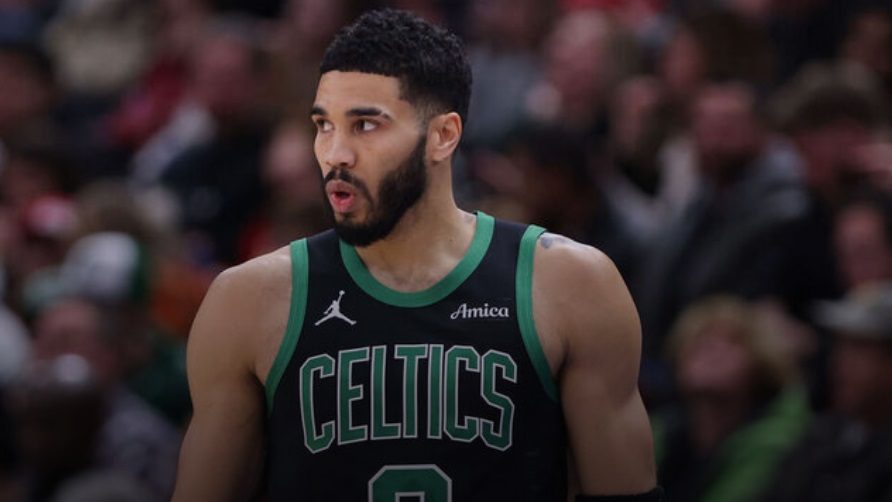Simon McQuoid makes his directorial debut with “Mortal Kombat,” which has basically been in production for a quarter-century given there was supposed to be a third film from the ‘90s series that launched Paul W.S. Anderson, but fell into development hell after the failure of 1997’s abysmal “Mortal Kombat: Annihilation.” McQuoid works from a script by Greg Russo and Dave Callaham that’s clearly familiar with the source material, dropping in fan favorites like Raiden and Liu Kang but also digging a little deeper to bring to life characters like Mileena and a truly dodgy CGI version of Goro.
An effective prologue opens the film in 17th century Japan as Lin Kuei assassins led by Bi-Han (Joe Taslim) attack Hanzo Hasashi (Hiroyuki Sanada) and his family, killing Hanzo’s wife and son with his, shall we say, freeze power. The choreography in this first scene is surprisingly strong, blending moves familiar to “MK” fans with a level of intense combat that you don’t really see made by Hollywood anymore—think blades stuck through the tops of heads. Hanzo is killed by Bi-Han, but his spirit is taken to the Netherrealm, where he will become … well, fans of the games know but the movie keeps it a secret long enough that I won’t spoil it here.
The film then jumps forward to reveal that Outworld has won nine out of ten tournaments in Mortal Kombat, meaning one more will spell the end of Earthrealm. Because villains never play fair, Shang Tsung (Chin Han) decides to rig the final tournament in a sense by preemptively killing the champions of Earthrealm, sending his fighters to dispatch them one by one. An MMA fighter named Cole Young (Lewis Tan), a new character to the MK universe, has always wondered what his dragon birthmark means, and discovers that he’s one of the aforementioned champions when Sub-Zero comes for him and his family. Jax (Mehcad Brooks) tries to warn him of his destiny before getting his arms frozen and ripped off by the classic video game villain. It may not be for those easily turned off by violence, but the truth is that “Mortal Kombat” really comes to life in these fight sequences and their fatalities—finally putting on film what fans of the games have loved for so long in a way that most people thought they would never really see. You’ll wish there were more of them. After a strong first act of MK one-on-one combat, it becomes less of a focus, much to the detriment of the movie.
You can view the original article HERE.




























